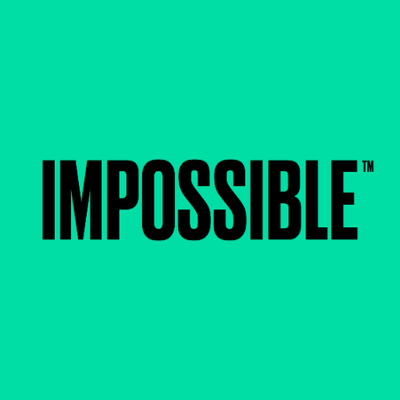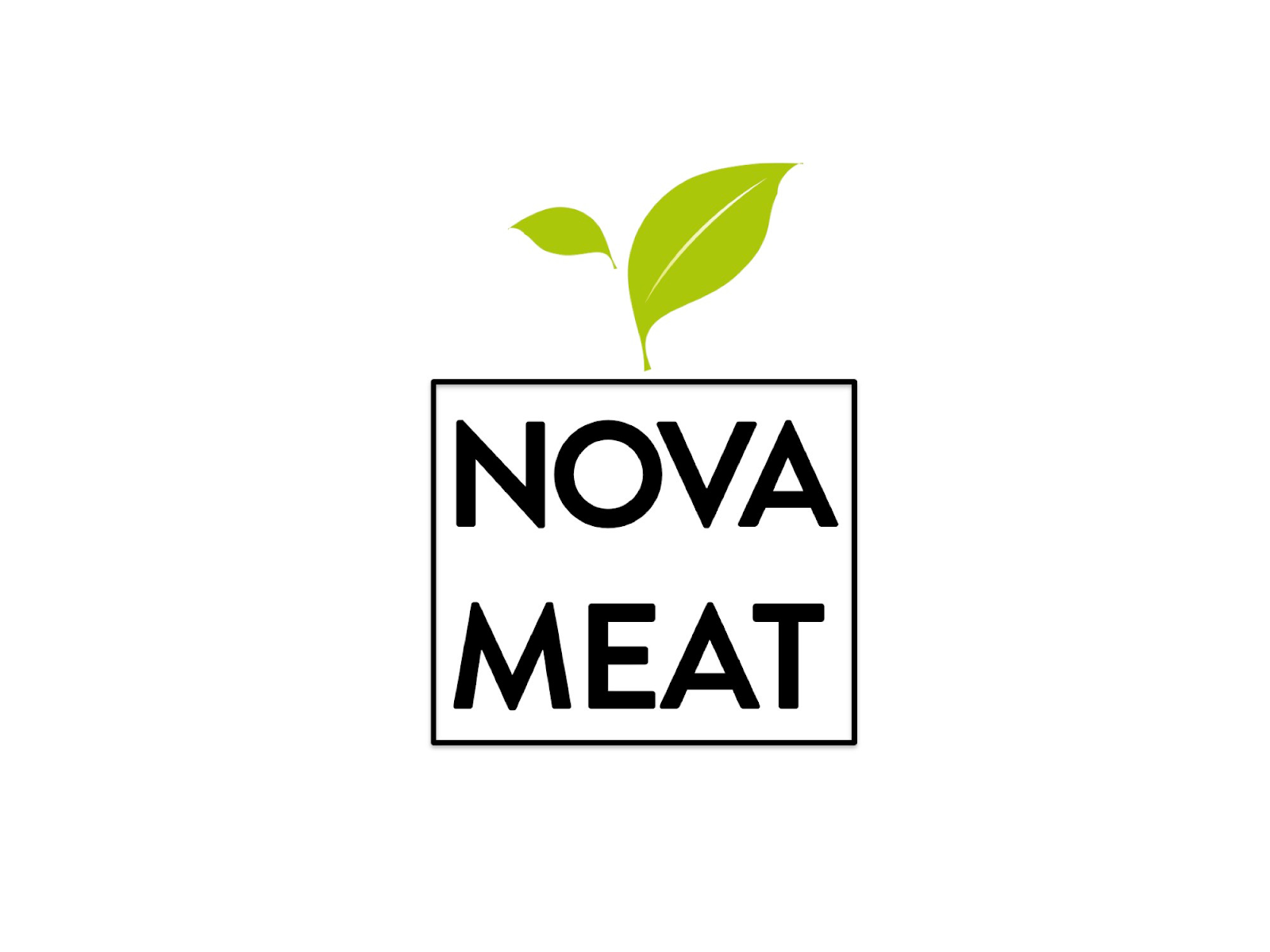Meat-Free Market

For two-million years humans have been eating meat. It started on the plains of Kenya where archaeologists found crude tools, originally used for nuts and fruits, next to the carcassases of animals. Today, the demand for meat continues. Around 50 – 70bn animals are killed every year. That includes around 50bn chickens, 1.5bn pigs and 1.5bn cows. It is no surprise that, since the early 2000s, China has been the biggest consumer of meat products but most of this growing demand has come from middle income countries; western countries consume around 220 pounds more meat per person compared to some of the poorest African nations.
Our ancestors had very different lives to us. They aimed to survive until the next day. They didn’t need to worry about chronic illnesses like heart problems and diabetes due to an overly meaty diet as they never lived long enough to see the effects.
Today, meat has become a large part of many peoples way of life. As countries become wealthier, it is seen as a symbol of success to be able to afford meat. However, with the growing demand for such goods, there comes a cost.
Climate Change
First and foremost, it is important to remember that climate change is not just caused by carbon dioxide but also by the production of methane and nitrous oxide. The potential effects of methane and nitrous oxide on climate change are 23 and 310 times (respectively) more severe than carbon dioxide.
The impact of the livestock industry on climate depends on whether you just count the greenhouse gases generated by animals alone, or whether you include other aspects such as transportation, storage facilities and the production of consumables such as food and hay.
Livestock alone is responsible for around 20% of Greenhouse Gas (GHG) emissions equivalent to CO2. Roughly 40% of methane and 65% of nitrous oxide comes from livestock.
There is also water usage to consider. Around 3% of the earth’s water is freshwater and of that only 1.2% is used for drinking water. Over 55% of our freshwater is being given to livestock. It takes around 90 litres of water to produce 453g of vegetables but 22,000 litres to produce the same amount of meat. To put that into perspective it is recommended we drink 2 litres of water per day.
The impact on land is just as damaging. The largest population of cattle in the world can be found in Brazil and the pastures for these have contributed to the destruction of the Amazon rainforest. Roughly 30% of global landmass is occupied by livestock and in the United States alone around 80% of all land mass is used for agriculture or to support livestock.
And let’s be frank, milk is nothing more than breastmilk created to support the growth of calves.
So what’s the alternative?
Vegetarianism and veganism have been around for over 100 years. The first vegetarian society was created in England in 1847. A hundred years later, veganism was coined by Donald Watson. It is only thanks to people like Sir David Attenboroiugh and Greta Thunberg shining a light on the impact we are having on the environment that we now see more and more people adopting these lifestyle choices as a way of reducing their impact on the environment.
Both are perfectly acceptable, respected and right choices but others fear that plant-based alternatives lack the nutrients and/or variety that they require to maintain an interesting and healthy diet; there are only so many ways to make chickpeas, greens and nuts interesting and tasty.
This attitude has led to a rise in plant-based and lab-grown meat. There are now several companies offering meat-free and environmentally friendly alternatives to meat to encourage consumers to adapt their diet. Some of these include:
Beyond MeatBased in the United States but shipping worldwide, Beyond Meat offers a plant-based alternative to meat. They produce meat-free burgers, sausages, meatballs, ground beef and more to tantalise the taste buds of the traditional meat eaters. Their products are made with no GMO ingredients and offer greater or equal protein levels to that of animal products. |
 |
Eat JustEat Just is known for its plant based product to replace eggs. Whether that’s for omelettes, scrambled eggs or pancakes, they have your egg alternatives covered. Their further brand Good Meat has also just created chicken bites from cultured meats. These cultured meats are made by putting the stem cells from the fat or muscle of an animal into a culture medium that feeds cells, allowing them to grow. |
 |
Impossible FoodsAnother company based in the US, Impossible Foods offers pant-based alternatives to the classic beef dishes such as burgers and patties. |
 |
Nova MeatBased in Barcelona, Spain, Nova Meat is a startup taking the industry by storm. Being featured in media outlets including the Financial Times, Bloomberg and the Guardian, they are providing a very modern day alternative to chicken, beef and even port. |
 |
These are just a handful of companies offering interesting, nutritious and tasty alternatives to meat products. We would strongly recommend you give some of them a try, not every brand will suit your tastes but you may find one or two that will surprise you.
Whatever your choice, it is clear we can not keep sustaining a heavy meat-based diet both for the health of the planet and the health of all of us. We are taking fast paced approaches to dealing with our own impact on the planet, we need to be doing the same with livestock.
Considerations to reduce subsidies for businesses that produce animal products, incentivise businesses that produce plant-based foods and educate all as to the true impact of having meat on their plate need to be made to help the world move to a more plant-based diet.


